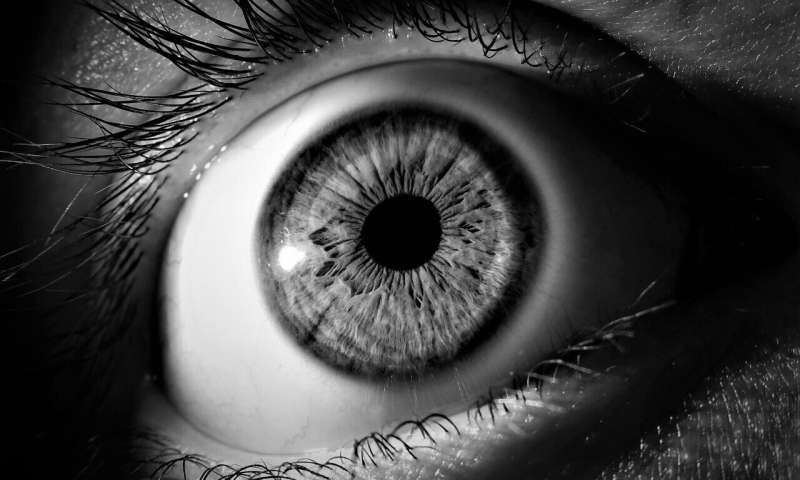A breakthrough in retinoblastoma treatment using a light-triggered drug release system

Researchers at LKS Faculty of Medicine, The University of Hong Kong (HKUMed) and collaborators from the School of Basic Medical Sciences, Fudan University, Shanghai, have developed an 'intravenous injection plus light-triggered intraocular drug release' strategy to achieve drug accumulation in retinoblastoma. The strategy avoids invasive intravitreal drug administration and shows promise in treating retinoblastoma and other eye diseases. The research has just been published in Advanced Science, and a Patent Cooperation Treaty (PCT) patent application has been filed based on this work.
Retinoblastoma is a severe eye cancer of infancy and childhood and can cause blindness or even death. Currently, the invasive intravitreal drug administration used in clinics is unpleasant for patients and can lead to side effects such as ocular hemorrhage, endophthalmitis and retinal detachment, etc. Thus, effective drug administration routes in a less invasive manner are desirable for the treatment of retinoblastoma.
The research team found that light-triggered intraocular drug release after intravenous injection of photo-responsive nanomedicine can efficiently result in intraocular drug accumulation and suppress retinoblastoma growth. The strategy is mainly based on the fact that the released hydrophobic drugs can efficiently cross retinal blood vessels to overcome the inner blood‐retinal barriers that nanocarriers encounter in drug delivery.
To demonstrate the strategy, the research team designed a photocleavable three-legged molecule. The molecules can self-assemble with anticancer drug doxorubicin into nanoparticles, which can dissociate to release drugs upon green-light irradiation. The excellent therapeutic efficacy and biosafety of the nanoparticles were demonstrated in orthotopic retinoblastoma-bearing mice.
The study achieves drug accumulation in retinoblastoma following systemic administration of light-triggered drug release systems, providing a new strategy to treat retinoblastoma in a safer and more efficient manner. The strategy will also advance the development of photo-responsive drug delivery systems for the treatment of other eye diseases.
More information: Kaiqi Long et al, Green Light‐Triggered Intraocular Drug Release for Intravenous Chemotherapy of Retinoblastoma, Advanced Science (2021). DOI: 10.1002/advs.202101754





















